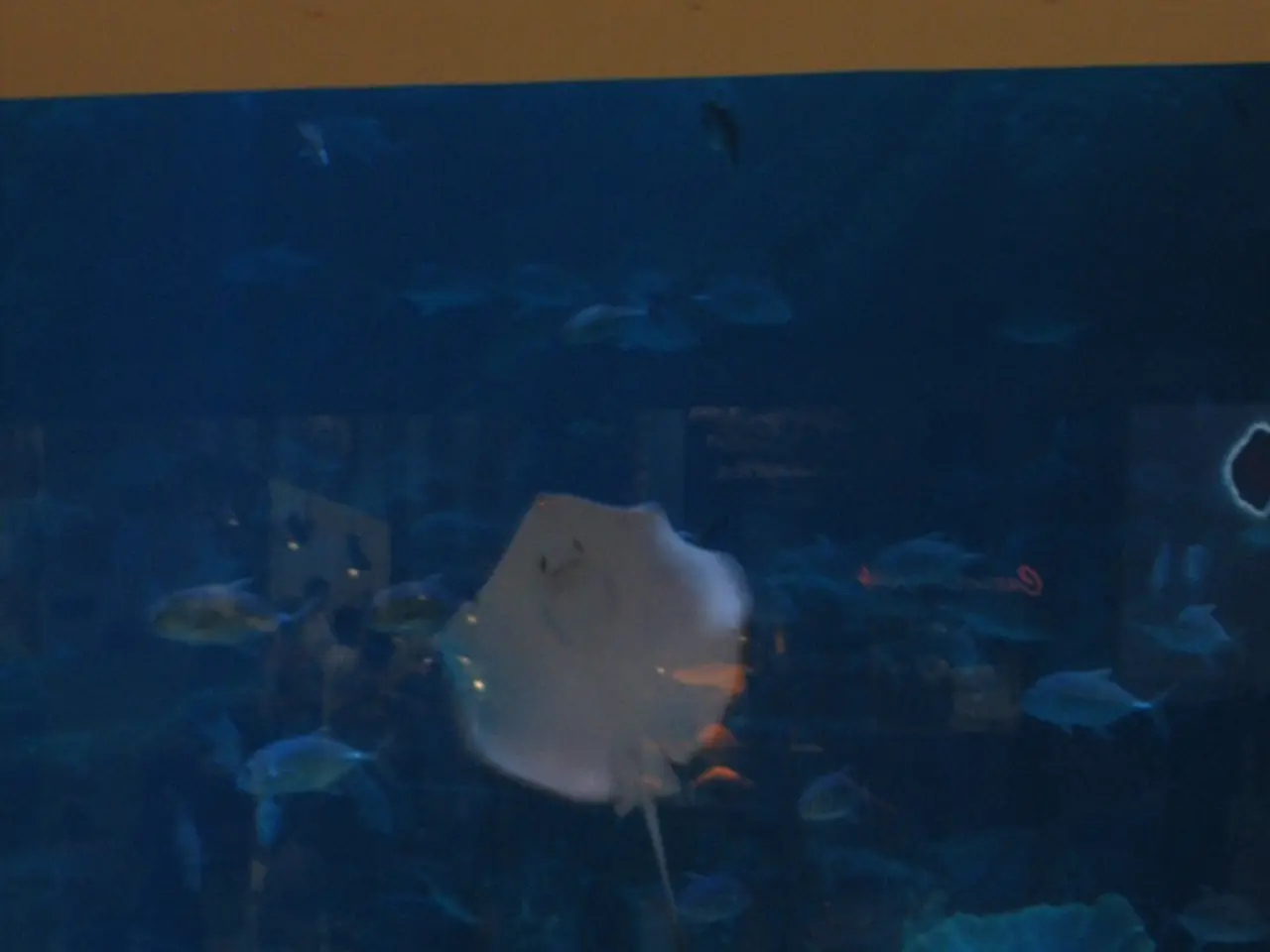Innovative Patent Proposed for Toxin Discovery in Freshwater Reservoirs
UC San Diego, one of the top 15 research universities in the world, is driving innovation and change to advance society, propel economic growth, and make the world a better place. One of their latest breakthroughs comes from Scripps Oceanography, one of the world's most important centers for global earth science research and education.
Scripps scientists, working tirelessly to understand and protect the planet, have developed a groundbreaking tool to detect Guanitoxin, a highly toxic neurotoxin formed by cyanobacteria. Until recently, the genes responsible for its biosynthesis were unknown.
The new guanitoxin monitoring tool significantly advances the detection and prevention of harmful algal blooms (HABs), specifically cyanobacterial harmful algal blooms (cyanoHABs).
- Rapid and Sensitive Detection: The tool enables fast and sensitive measurement of guanitoxin, allowing for timely detection of toxin presence before large-scale contamination occurs.
- Improved Monitoring Capability: By providing a reliable method to monitor guanitoxin levels in water bodies, the tool helps water management authorities and environmental scientists track toxin production in real time or near real time.
- Prevention of Health Risks: Early detection of guanitoxin allows for prompt interventions such as issuing health advisories, restricting water use, or initiating cleanup measures. This reduces the risk of human and animal exposure to the toxin, preventing poisoning cases.
- Supports Ecosystem Management: Continuous monitoring helps in understanding bloom dynamics and toxin fluctuations, which is critical for ecological studies and developing strategies to mitigate bloom formation.
The licensed technology has been incorporated into an existing assay for the detection of anatoxin, and Phytoxigene, Inc has taken it a step further by offering guanitoxin monitoring kits under the brand Phytoxigene. This commercialization could lead to standard toxin monitoring for guanitoxin in freshwater environments.
In 2014, Toledo, Ohio issued a "do not drink" advisory due to a HAB outbreak leading to toxins entering the city's tap water supply. Essential healthcare treatments such as dialysis and surgery had to be halted. The new monitoring tool for detecting guanitoxin in freshwater sources is now available to public health officials, providing a vital tool in the fight against HABs.
Theodora Mautz, a first-year PhD student in marine biology, works in the Semmens Lab at UC San Diego, contributing to this important research. Scripps operates a fleet of four oceanographic research vessels and is home to Birch Aquarium at Scripps, which welcomes 500,000 visitors each year. This commitment to education and training for the next generation of scientific and environmental leaders ensures that the fight against HABs continues.
The breakthrough in oceanographic research at UC San Diego's Scripps Oceanography, which involves detecting Guanitoxin, a harmful neurotoxin in marine environments, aligns closely with the field of marine biology and scientific advancements. This development could lead to improved health-and-wellness outcomes by preventing medical-conditions related to HABs, including toxin poisoning for both human and animal populations.
With the introduction of the new guanitoxin monitoring tool available for public health officials, UC San Diego contributes significantly to safeguarding global health, fostering the pursuit of health-and-wellness, and education about marine biology. The research and resulting innovation further advance the science community's efforts in understanding and protecting the planet.




